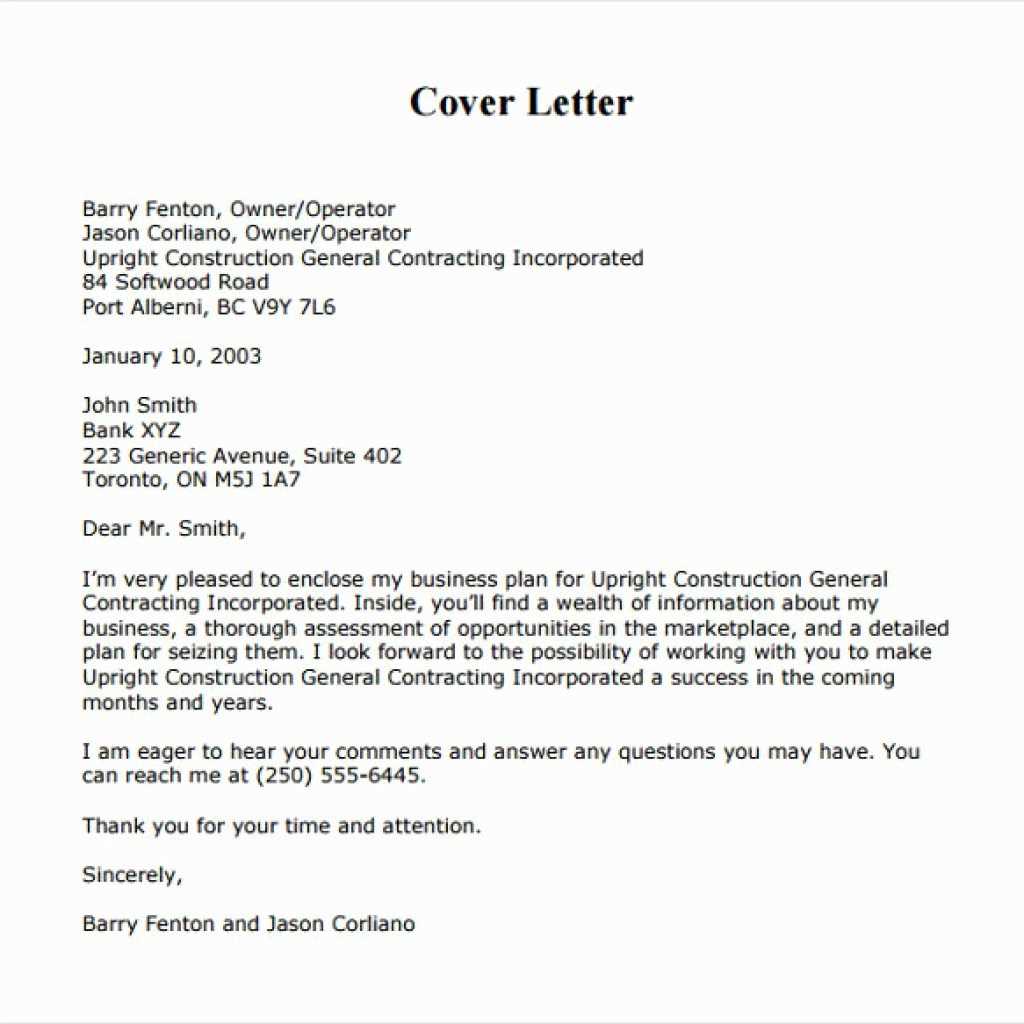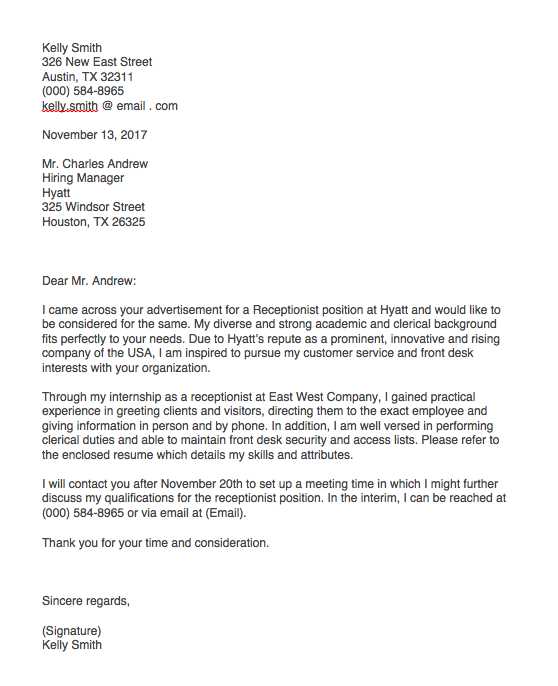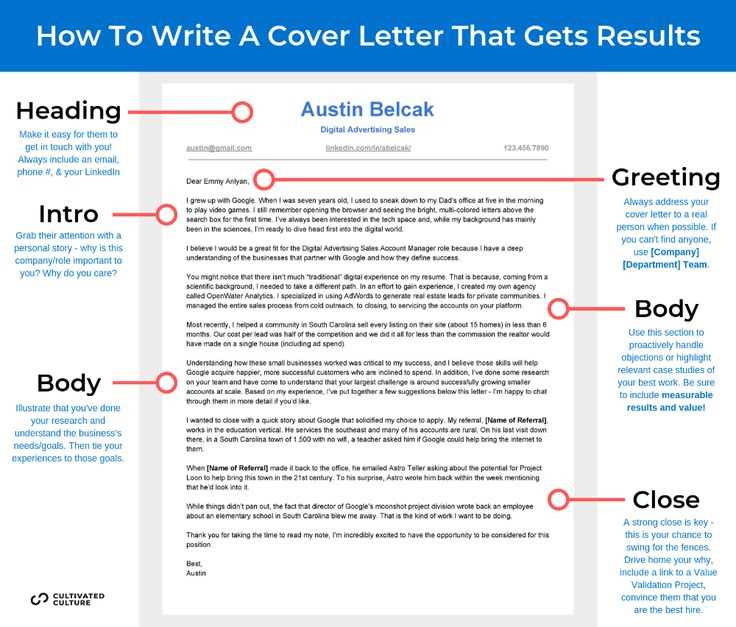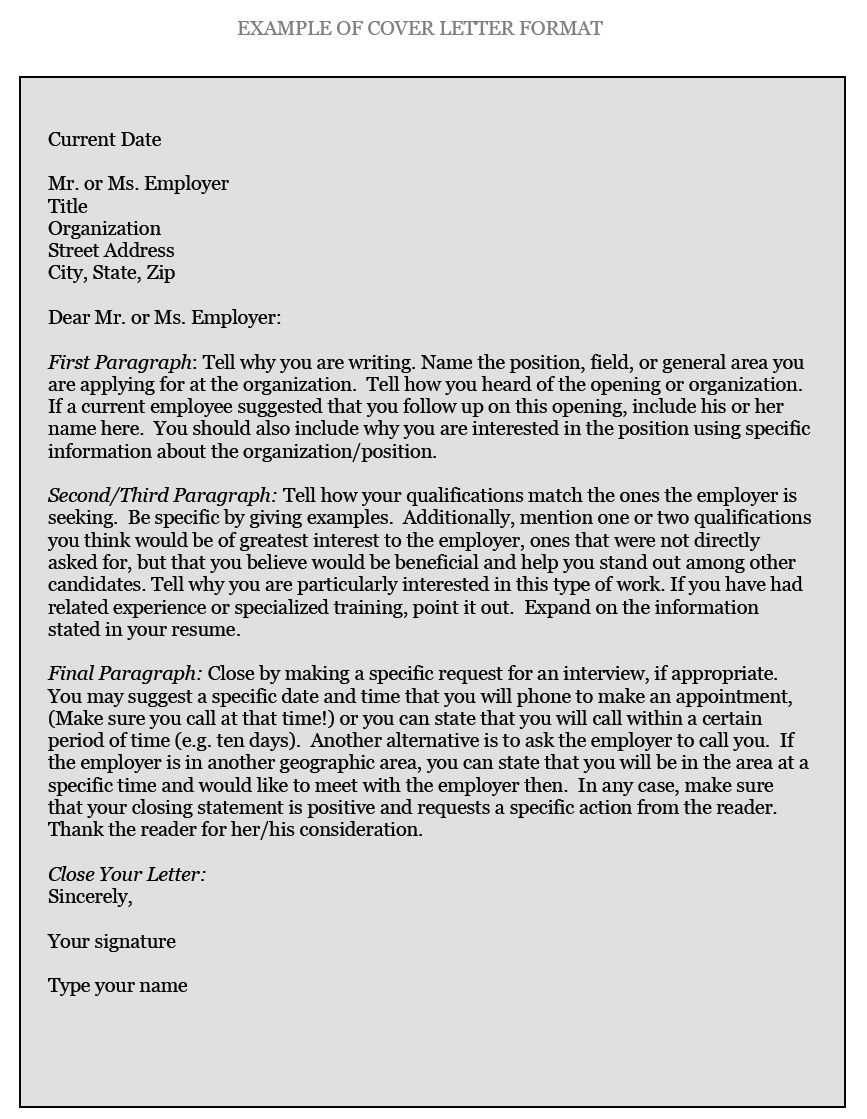Writing a cover letter template

Start your cover letter with a brief yet strong introduction. In a few sentences, mention the job you are applying for and why you are a great fit for the role. Be specific about your skills and experience that directly relate to the position. Focus on how your background aligns with the company’s needs and goals.
Customize your letter to the job description. Highlight your accomplishments that are most relevant to the role. Show how you can solve the company’s problems or contribute to its success. Avoid using generic statements or a one-size-fits-all approach.
Wrap up by expressing your enthusiasm for the opportunity and stating your availability for an interview. Keep the tone professional and confident, but also approachable. A concise, well-crafted closing can leave a lasting impression on the reader.
Writing a Cover Letter Template
Focus on clarity and impact. Begin with a concise introduction that states the position you’re applying for and briefly highlights your qualifications. Keep it direct and tailored to the specific job description, avoiding generic language.
In the body of the letter, provide a snapshot of your skills, experience, and achievements. Highlight relevant examples from your career, demonstrating how your background aligns with the company’s needs. Choose specific accomplishments that match the job description and show measurable results. Use active language and avoid unnecessary details.
End with a strong closing statement. Express genuine interest in the position and briefly explain why you’re excited to contribute to the team. Mention your availability for an interview and thank them for their time. Keep the closing short, polite, and to the point.
Choosing the Right Format for Your Cover Letter
Select a format that is clean, simple, and easy to read. Avoid excessive graphics or unusual fonts that could distract from your message. Stick to a traditional layout with clear sections: contact information, greeting, body, and closing. Each part should be distinct, giving the reader a natural flow through your letter.
Standard Format

The most common and safest choice is the standard block format. In this format, everything is aligned to the left, and paragraphs are not indented. Use single spacing with a space between paragraphs. This format is professional and helps the reader focus on the content without distractions.
Letterhead Format
If you want to stand out, consider including a letterhead with your name, address, and contact information at the top. Make sure the header is simple and professional, without overwhelming the text below. Keep the body of the letter focused and concise, staying within the standard format’s framework.
Crafting a Strong Opening Statement
Your opening statement must immediately grab attention. Clearly state your intent and demonstrate that you understand the company’s needs. Instead of generic introductions, focus on how your skills align with the job requirements. Start with a direct approach: mention the role you are applying for and how your background prepares you to excel in it.
Avoid vague phrases; instead, highlight specific accomplishments or skills that relate to the position. Be concise and to the point–this is your opportunity to create a lasting first impression.
For example, instead of saying, “I am applying for the position because I believe I am a great fit,” state something more impactful, like: “With over five years of experience in project management, I have successfully led teams to meet critical deadlines while exceeding client expectations.” This approach shows confidence, focus, and value right away.
Tailoring Your Skills to the Job Description
Highlight the skills mentioned in the job description that align with your experience. Focus on demonstrating how your abilities directly meet the company’s needs. If the employer is seeking expertise in a particular software or technique, mention your proficiency and give examples of how you’ve applied these skills in previous roles.
Identify Key Skills in the Job Listing

Carefully read the job description to pinpoint the key competencies the employer is looking for. Match these with your experience and skills. For example, if the job requires project management expertise, specify the projects you’ve led, detailing your responsibility, scope, and outcome.
Provide Concrete Examples
Instead of listing generic skills, provide tangible examples. If the job description mentions teamwork, share a brief story of how you’ve contributed to a team project, highlighting your role and the results you achieved. This shows the employer that your skills are not just theoretical but have been applied effectively in real-world situations.
| Job Skill | Your Relevant Experience |
|---|---|
| Project Management | Led a team of 5 in a marketing campaign, resulting in a 25% increase in brand engagement. |
| Communication | Regularly presented updates to senior management, ensuring smooth communication between teams. |
| Problem Solving | Resolved client issues by identifying core problems and implementing quick solutions, improving client satisfaction by 30%. |
Highlighting Achievements Relevant to the Role
Focus on specific accomplishments that directly align with the responsibilities of the position. Showcase measurable outcomes, such as increasing sales by a certain percentage or improving operational efficiency through process optimization. These results provide clear evidence of your impact and skill set.
Use Data to Strengthen Your Case
Incorporate figures or statistics that demonstrate your success in previous roles. For example, if you were responsible for managing a team, mention the growth of the team under your leadership or the specific improvements in team performance you facilitated. Concrete examples like this make your achievements more tangible and compelling.
Link Achievements to the Job Description
Review the job description carefully and align your achievements with the key responsibilities mentioned. For example, if the role involves project management, highlight your experience leading projects, meeting deadlines, and delivering results within budget. Show the employer that your past successes prepare you to excel in this new role.
Maintaining a Professional Tone Throughout

Keep your language clear and concise. Avoid overly casual phrases or slang that may detract from the professionalism of your letter. Stick to formal language, but without being overly stiff or robotic. Aim for a conversational yet respectful style that aligns with the business environment.
Key Guidelines
- Avoid using overly informal greetings like “Hey” or “What’s up”. Instead, use “Dear [Recipient’s Name]” or “Hello [Recipient’s Name]”.
- Use polite, direct language. Phrases like “I would appreciate” or “I am confident” express respect and convey professionalism without sounding too distant.
- Ensure correct grammar and punctuation. Small mistakes can be distracting and reduce the perceived professionalism of your letter.
Common Pitfalls to Avoid
- Refrain from using humor or sarcasm, as it may not be received as intended.
- Avoid personal anecdotes that do not relate to the position or company you are addressing.
- Stay clear of unnecessary jargon or overly complex language that may confuse the reader.
By adhering to these tips, your cover letter will maintain a professional tone that resonates with potential employers, conveying both your qualifications and your suitability for the role.
Concluding with a Call to Action
Close your cover letter with a strong, clear invitation for the hiring manager to take the next step. A call to action shows confidence and motivates them to follow through. Be direct but polite, expressing eagerness for the opportunity to discuss your application further.
Suggest a Follow-up Action
Politely suggest a follow-up, whether it’s scheduling an interview or providing additional information. Here’s how you can phrase it:
- “I look forward to the opportunity to discuss how my skills can contribute to your team.”
- “Please feel free to contact me to schedule an interview at your convenience.”
- “I would welcome the chance to provide further details regarding my qualifications.”
Keep it Confident and Professional
End the letter with a confident, courteous closing line that reflects your enthusiasm for the position. A strong close reinforces your commitment without sounding overly pushy. Examples include:
- “Thank you for considering my application. I’m excited about the opportunity to contribute to your team.”
- “I appreciate your time and consideration, and I look forward to discussing how I can contribute to your organization.”